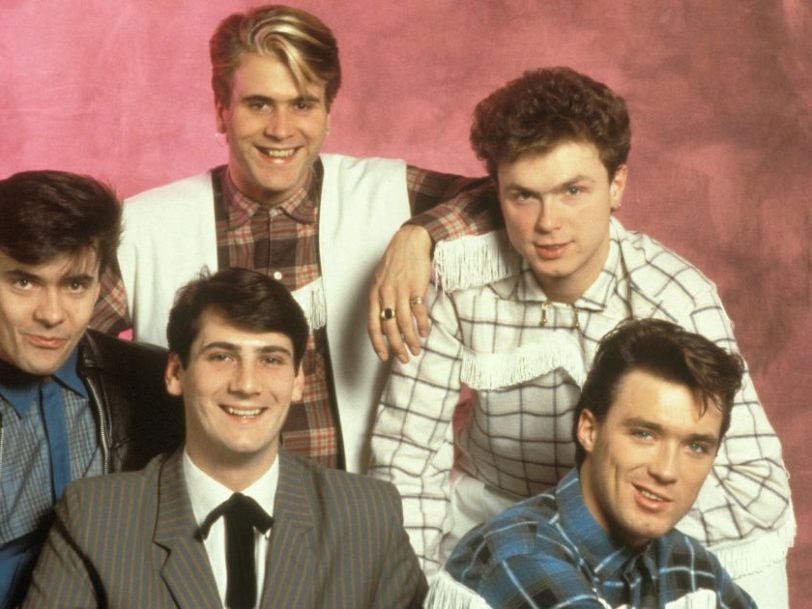Spandau Ballet proved to be masters of reinvention across the turbulent decade of 80s pop, when musical trends and fast-evolving technology added a giddy sense of pace to the dynamic chart kaleidoscope. The song that first signalled the group’s assured knack of staying one step ahead of the sonic competition was 1981’s Chant No.1 (I Don’t Need This Pressure On), released in July 1981 and scoring the band their biggest UK chart success to date.
Listen to the best of Spandau Ballet here.
“In the pressure cooker that was Soho 1981…”
Just three months earlier, the gloriously overblown Russian folk-rock drama of Musclebound (paired with Glow, which gave a strong nod to what would come next) berthed in the UK Top 10, and its OTT video secured Spandau Ballet’s place among the best New Romantic bands. Lesser groups would likely have repeated the formula, but Spandau Ballet had a surprise up their frilly sleeves…




